
漢德百科全書 | 汉德百科全书
 History
History

 Renaissance architecture
Renaissance architecture
 Deutsche Renaissance
Deutsche Renaissance
 Renaissance architecture
Renaissance architecture
 Englische Renaissance
Englische Renaissance
 Renaissance architecture
Renaissance architecture
 Französische Renaissance
Französische Renaissance

 History
History
 M 1500 - 2000 AD
M 1500 - 2000 AD
 United Kingdom
United Kingdom
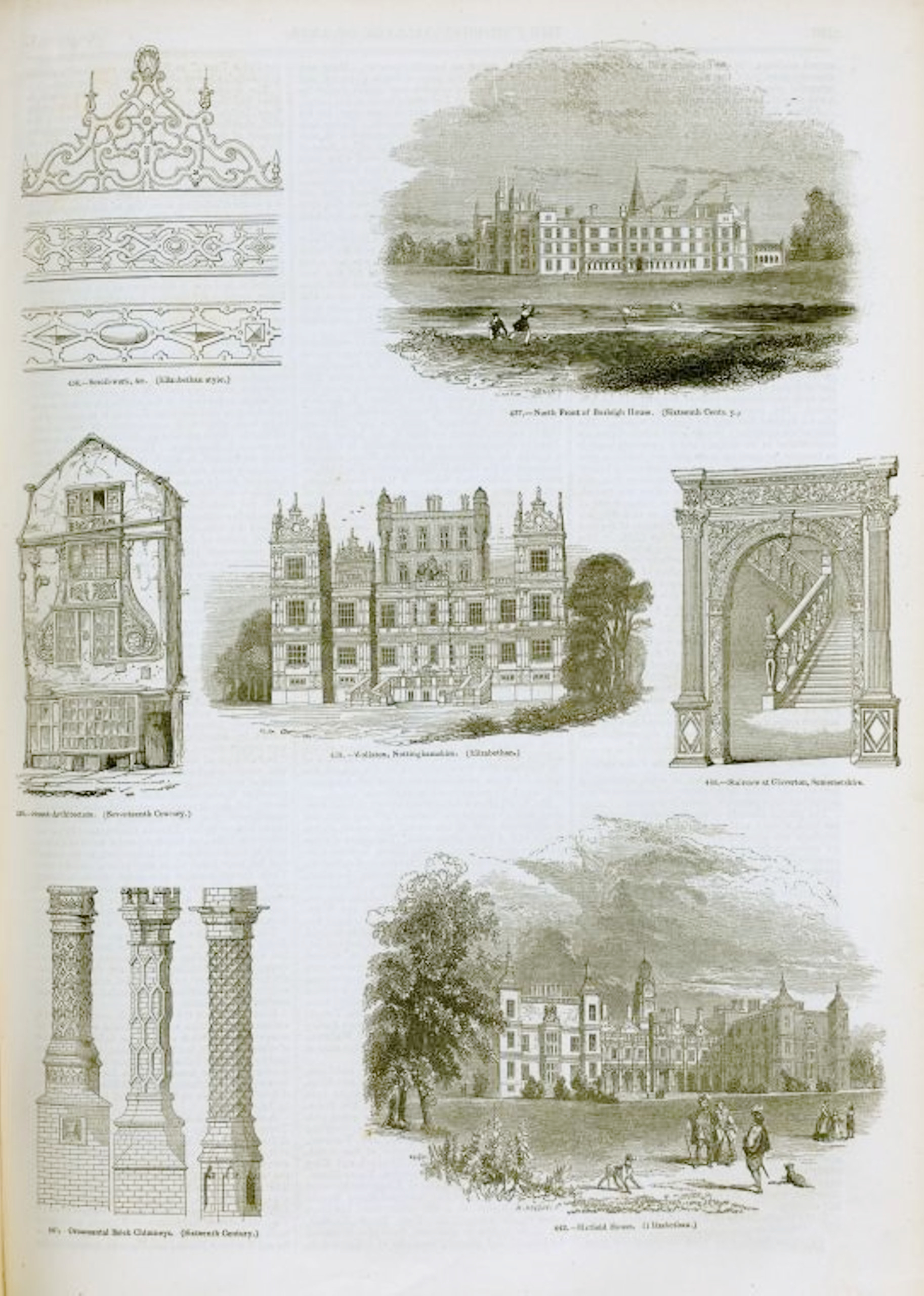

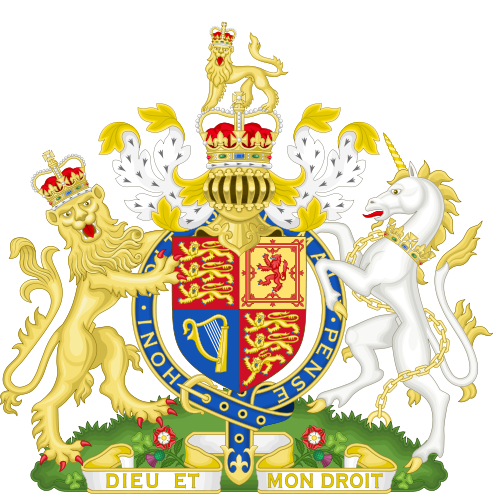



应仁之乱(1467年─1477年,应仁元年—文明9年)发生于日本室町幕府第八代将军足利义政在任时的一次内乱。主要是幕府三管领中的细川胜元与四职中的山名持丰(山名宗全)等守护大名的争斗。其范围除九州等部分地方以外,战火遍及其他日本国土,动乱使日本进入将近一个世纪的战国时代。
Als Ōnin-Krieg (jap. 応仁の乱, Ōnin no Ran) wird ein Bürgerkrieg in Japan bezeichnet, der während der Ōnin-Zeit von 1467 bis 1477 andauerte. Der Konflikt beendete die Herrschaft der Ashikaga-Shōgune und leitete die Sengoku-Zeit, eine über 100-jährige Periode dauernder Kriege und unklarer politischer Verhältnisse, ein.

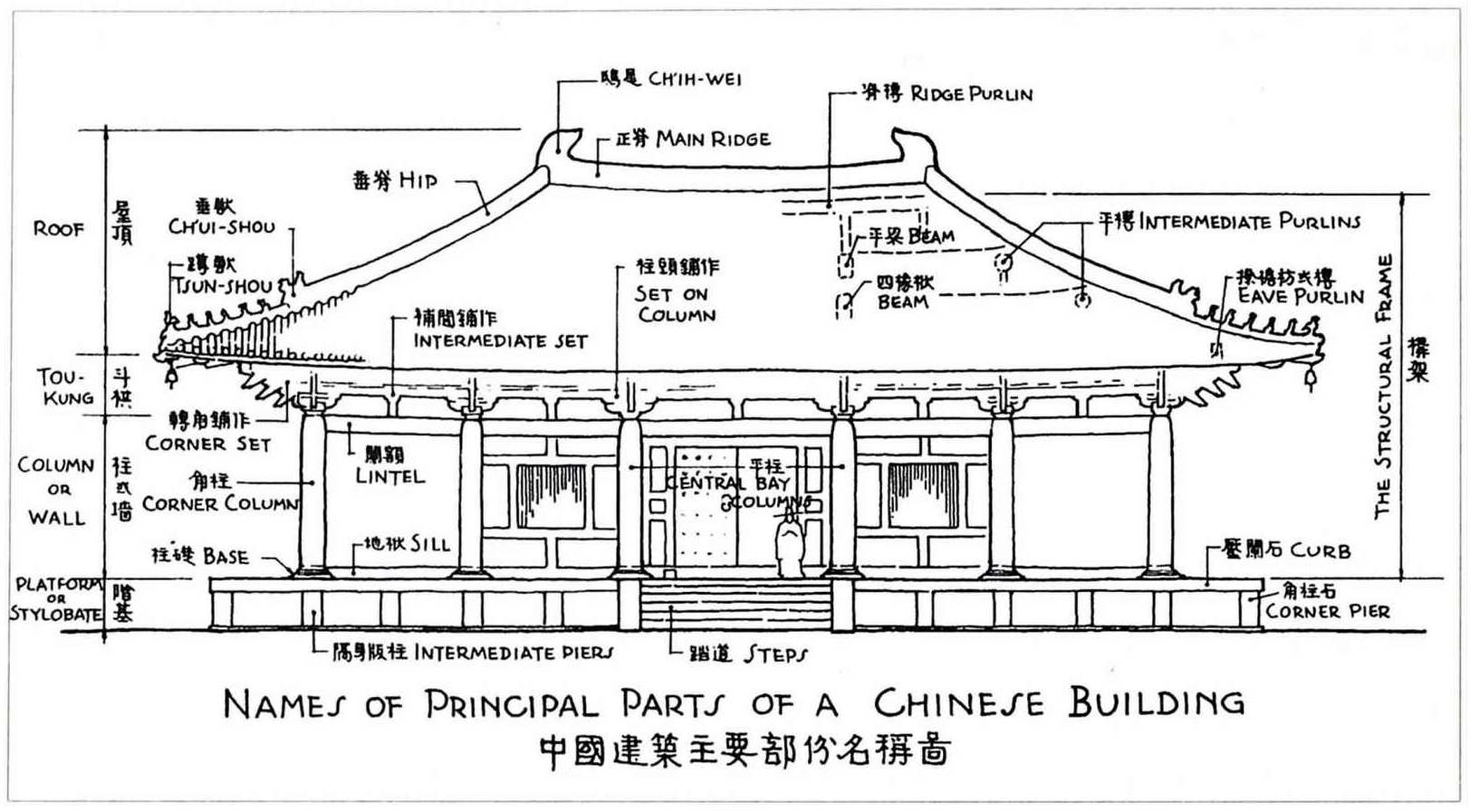
《营造法式》是中国第一本详细论述建筑工程做法的官方著作。对于古建筑研究,唐宋建筑的发展,考察宋及以后的建筑形制、工程装修做法、当时的施工组织管理,具有极大的作用。此书于北宋元符三年(1100年)编成,崇宁二年(1103年)颁发施行。由将作监少监李诫所作。书中规范了各种建筑做法,详细规定了各种建筑施工设计、用料、结构、比例等方面的要求。 全书357篇,3555条。是当时建筑设计与施工经验的集合与总结,并对后世产生深远影响。原书《元祐法式》于元祐六年(1091年)编成,但因为没有规定模数制,也就是“材”的用法,而不能对构建比例、用料做出严格的规定,建筑设计、施工仍具有很大的随意性。李诫奉命重新编著,终成此书。
全书共计34卷分为5个部分:释名、各作制度、功限、料例和图样,前面还有“看样”和目录各1卷。 看样主要是说明各种以前的固定数据和做法规定及做法来由,如屋顶曲线的做法。 第一、二卷是《总释》和《总例》,对文中所出现的各种建筑物及构件的名称、条例、术语做一个规范的诠释。指出所用词汇在各个不同时期的确切叫法,以及在本书中所用名称,统一语汇。 第三卷:壕寨制度、石作制度。 第四、五卷:大木作制度:材、斗栱、昂、铺作、平坐、梁、阑额、柱、阳马、栋、柎、椽、檐、举折 第六至第十一卷小木作制度:板门,格子门,乌头门,软门, 第十二卷雕作制度、旋作制度、锯作制度、竹作制度 第十三卷:瓦作制度、泥作制度 第十四卷:彩画作制度 第十五卷:砖作、窑作制度等13个工种的制度,并说明如何按照建筑物的等级来选用材料,确定各种构件之间的比例、位置、相互关系。大木作和小木作共占8卷,其中大木作首先规定了材的用法。大木作的比例和尺寸,均以材作为基本模数。 16-25卷规定各工种在各种制度下的构件劳动定额和计算方法。 26-28卷规定各工种的用料的定额,和所应达到的质量。 29-34卷规定各工种、做法的平面图、断面图、构件详图及各种雕饰与彩画图案。
The Yingzao Fashi (Chinese: 營造法式; pinyin: yíngzàofǎshì; lit. 'Treatise on Architectural Methods or State Building Standards') is a technical treatise on architecture and craftsmanship written by the Chinese author Li Jie (李誡; 1065–1110),[1] the Directorate of Buildings and Construction during the mid Song Dynasty of China. A promising architect, he revised many older treatises on architecture from 1097 to 1100. By 1100, he had completed his own architectural work, which he presented to Emperor Zhezong of Song.[2][3] The emperor's successor, Emperor Huizong of Song, had the book published in 1103 in order to provide a unified set of architectural standards for builders, architects, and literate craftsmen as well as for the engineering agencies of the central government.[2][3][4] With his book becoming a noted success, Li Jie was promoted by Huizong as the Director of Palace Buildings.[5] Thereafter, Li became well known for his oversight in the construction of administrative offices, palace apartments, gates and gate-towers, the ancestral temple of the Song Dynasty, along with numerous Buddhist temples.[3] In 1145, a second edition of Li's book was published by Wang Huan.[4] Between 1222-1233, a third printing was published. This edition, published in Pingjiang (now Suzhou), was later handcopied into the Yongle Encyclopedia and Siku Quanshu. In addition, a number of handcopied editions were made for private libraries. One of these handcopies of the Pingjiang edition was rediscovered in 1919 and printed as facsimile in 1920.


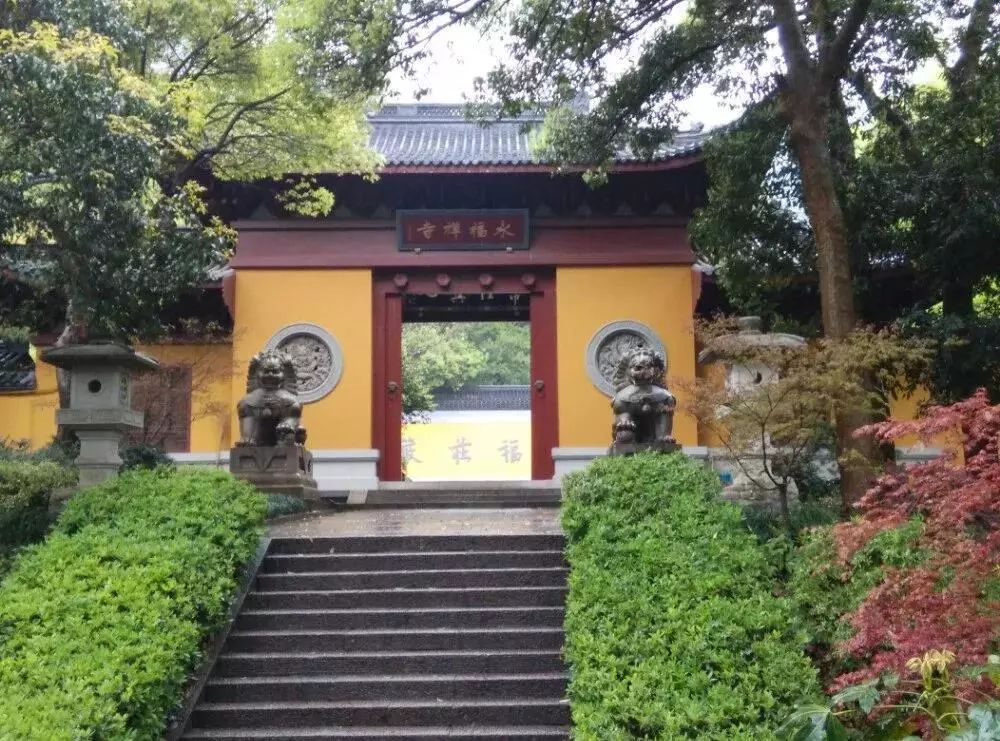

 Architecture
Architecture



 Military, defense and equipment
Military, defense and equipment
 Royalty
Royalty
 Valle d´Aosta
Valle d´Aosta
 Art
Art
 Religion
Religion
 Vacation and Travel
Vacation and Travel
 Science and technology
Science and technology
 Literature
Literature
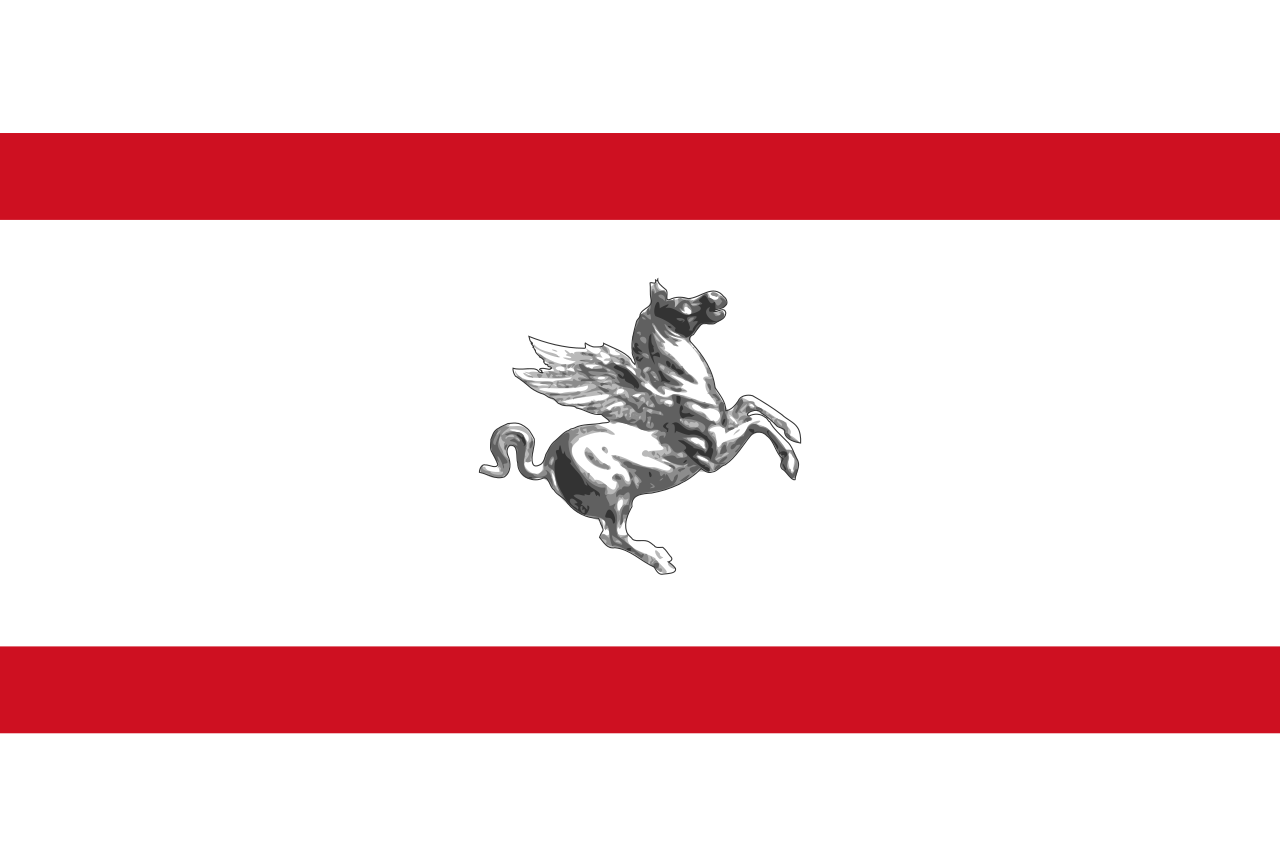 Toscana
Toscana
 Review
Review